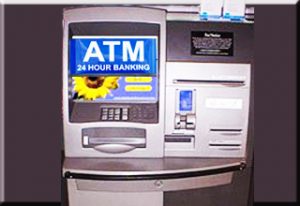White Label ATM : RBI

The Reserve Bank of India (RBI) has taken significant steps to promote ATM penetration, especially in Tier III to VI centres, by permitting non-bank companies to set up, own and operate White Label ATMs (WLAs).
- These WLAs provide various banking services to customers based on cards issued by banks, and the RBI has implemented measures to improve their viability and functioning.
- As of now, four authorised non-bank entities are operating White Label ATMs in the country.
- White Label ATMs (WLAs) are owned and operated by non-banks.
- Non-bank ATM operators are authorised under the Payment & Settlement Systems Act, 2007 by the RBI.
- They provide banking services to customers using debit/credit/prepaid cards issued by banks.
- Besides dispensing cash, WLAs offer services like account information, cash deposit, bill payment, mini statements, PIN change, and cheque book requests.
- WLAs are allowed to source cash from retail outlets to address cash sourcing constraints.
- WLA operators can buy wholesale cash directly from the Reserve Bank and currency chests.
- They can also source cash from any scheduled bank, including Cooperative Banks and Regional Rural Banks.
- WLAs are permitted to offer bill payment and interoperable cash deposit services.
- They can display advertisements for non-financial products/services, enhancing revenue streams.
- Banks can issue co-branded ATM cards in partnership with authorized WLA operators.
- This allows WLAs to facilitate ‘on-us’ transactions, increasing their attractiveness to customers.
- RBI introduced on-tap authorization for WLAs to encourage more non-bank players to enter the ATM industry.
- This streamlined approval process simplifies WLA establishment and fosters greater competition.
- The focus is on expanding ATM penetration in Tier III to VI centres to improve banking accessibility in underserved areas.




